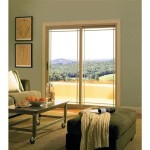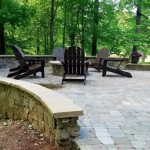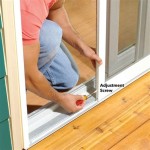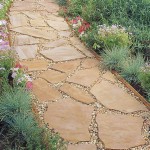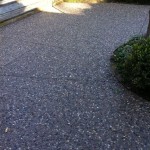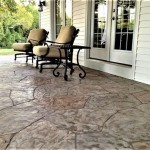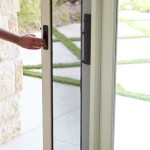How To Make Patio Furniture From PVC Pipe
PVC pipe is a versatile and cost-effective material that can be used for a wide variety of projects, including creating stylish and durable patio furniture. This guide will provide you with a comprehensive overview of the steps involved in making patio furniture from PVC pipe, equipping you with the knowledge and skills to create your own unique and comfortable outdoor seating.
Materials and Tools
Before embarking on your PVC patio furniture project, it's essential to gather the necessary materials and tools. This includes:
- PVC pipe in various diameters and lengths, based on your design
- PVC pipe fittings (elbows, tees, couplings, end caps)
- PVC cement
- PVC primer
- Measuring tape
- Level
- Saw (for cutting PVC pipe)
- Safety glasses
- Gloves
- Optional: fabric for cushions or padding
- Optional: paint or stain for finishing (ensure it is suitable for outdoor use)
The specific materials and tools will vary depending on the complexity and size of your patio furniture project.
Designing Your PVC Patio Furniture
The first step in creating PVC patio furniture is to design your desired piece. Start by visualizing the furniture’s shape, size, and functionality. Consider the seating capacity, overall aesthetic, and any specific features you want to incorporate. For inspiration, browse online resources, magazines, or visit furniture stores to gain ideas and understand different design styles.
Once you have a basic design in mind, sketch it out on paper or use a digital design program. This will help you determine the exact measurements, types of PVC pipe and fittings, and the quantity of each material needed. Ensure that you consider the weight capacity and stability of your design to ensure it can safely support the intended use.
Constructing Your Furniture
After finalizing your design and gathering your materials, you can begin constructing your PVC patio furniture. The following steps will guide you through the process:
- Cut the PVC pipe to the required lengths. Use a saw specifically designed for cutting PVC pipe to ensure a clean and precise cut.
- Clean the cut ends of the pipes. Remove any burrs or rough edges that may interfere with the connection to the fittings.
- Apply PVC primer to the ends of the pipes and the inside of the fittings. This will help the PVC cement adhere more effectively.
- Apply PVC cement to the ends of the pipes and the inside of the fittings. Use a thin and even coat, ensuring the cement fully covers the surface area.
- Connect the pipes and fittings. Quickly and firmly press the pieces together, ensuring a strong and secure connection. Hold the pieces together until the cement dries completely.
Follow the manufacturer's instructions on the PVC cement for drying time and proper curing. Repeat these steps to construct the entire furniture piece, working section by section.
Finishing Touches
Once the PVC furniture is assembled, it's time to add finishing touches to enhance its appearance and functionality. This may include:
- Sanding the surface of the PVC pipe. Light sanding can help smooth out any rough edges and create a more refined look.
- Painting or staining the PVC pipe. A primer can be applied before painting or staining to ensure better adhesion and a long-lasting finish. Use outdoor-rated paint or stain specifically designed for PVC surfaces.
- Adding cushions or padding. Create a comfortable and inviting seating experience by adding cushions or padding, fabricating them with foam and fabric or purchasing ready-made ones.
Use your creativity and personal style to decorate the furniture and make it unique. You can also add decorative elements such as fabric ribbons, tassels, or painted designs.
Safety Precautions
Safety should always be a priority when working with PVC pipe and cement. Here are some essential precautions to follow:
- Wear safety glasses to protect your eyes from PVC dust or debris.
- Wear gloves to protect your hands from irritation or skin contact with PVC cement.
- Work in a well-ventilated area to avoid inhaling fumes from the PVC cement.
- Store PVC cement in a cool and dry place, away from direct sunlight and heat.
- Keep PVC cement away from children and pets.
- Read and follow the manufacturer's instructions on the PVC cement and other materials being used for safe handling and application.
:strip_icc()/103201810-a7c13196d0834acba68952fea429369d.jpg?strip=all)
Update Your Patio With This Modern Diy Pipe Chair

Pvc Furniture Free Plans Artesanato De Tubo Móveis Tubulares

Pin On Projects

How To Make Garden Chair Diy Full Steps Outdoor Pvc

How To Make Pvc Furniture Diy Family Handyman

How To Make Garden Chair Diy Full Steps Outdoor Pvc

Pvc Pipe Furniture Pipefinepatiofurniture

How To Make A Pvc Chair Ehow Furniture Plans

Step By Diy Cabana

Pvc Pipe Furniture


